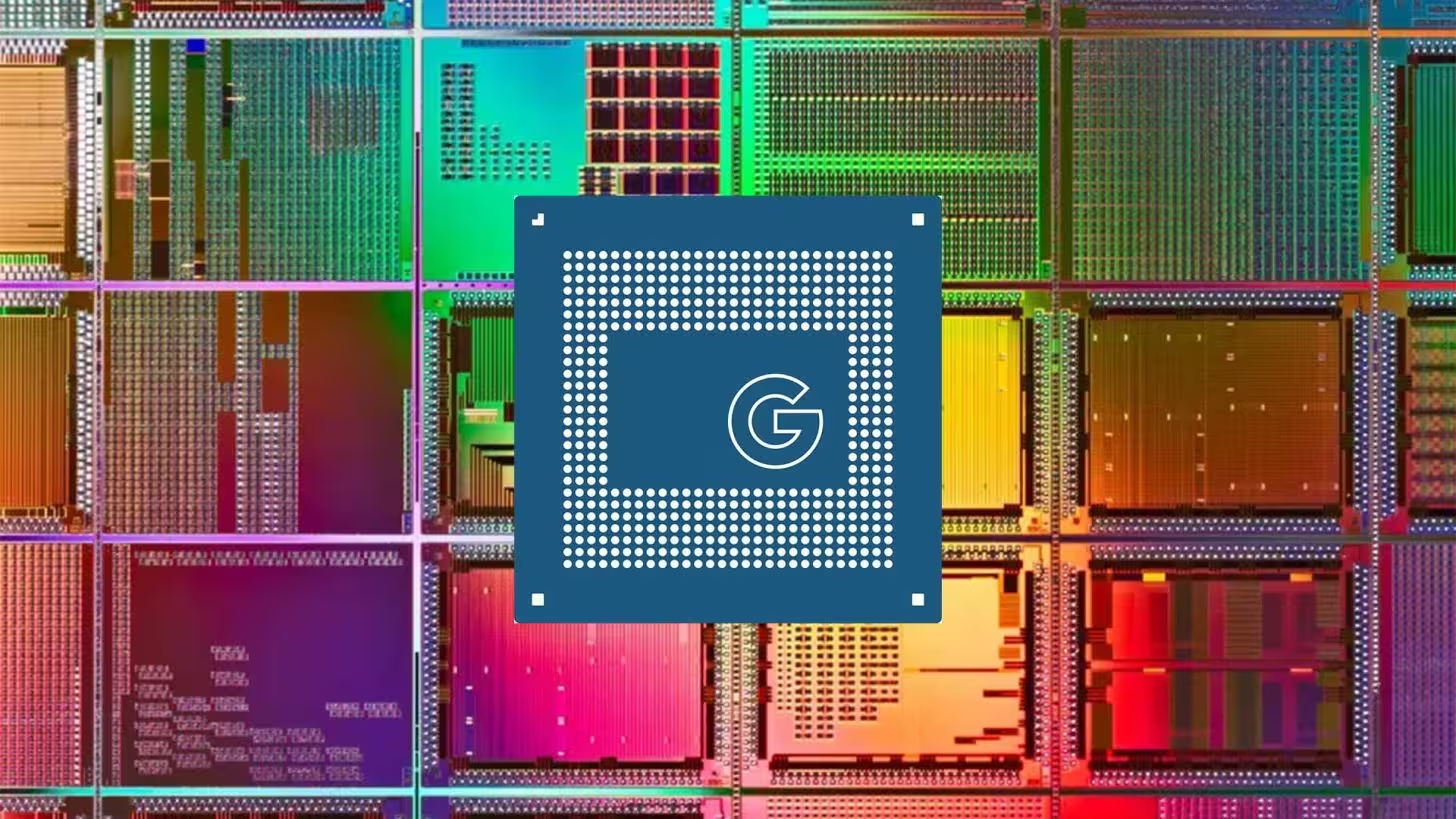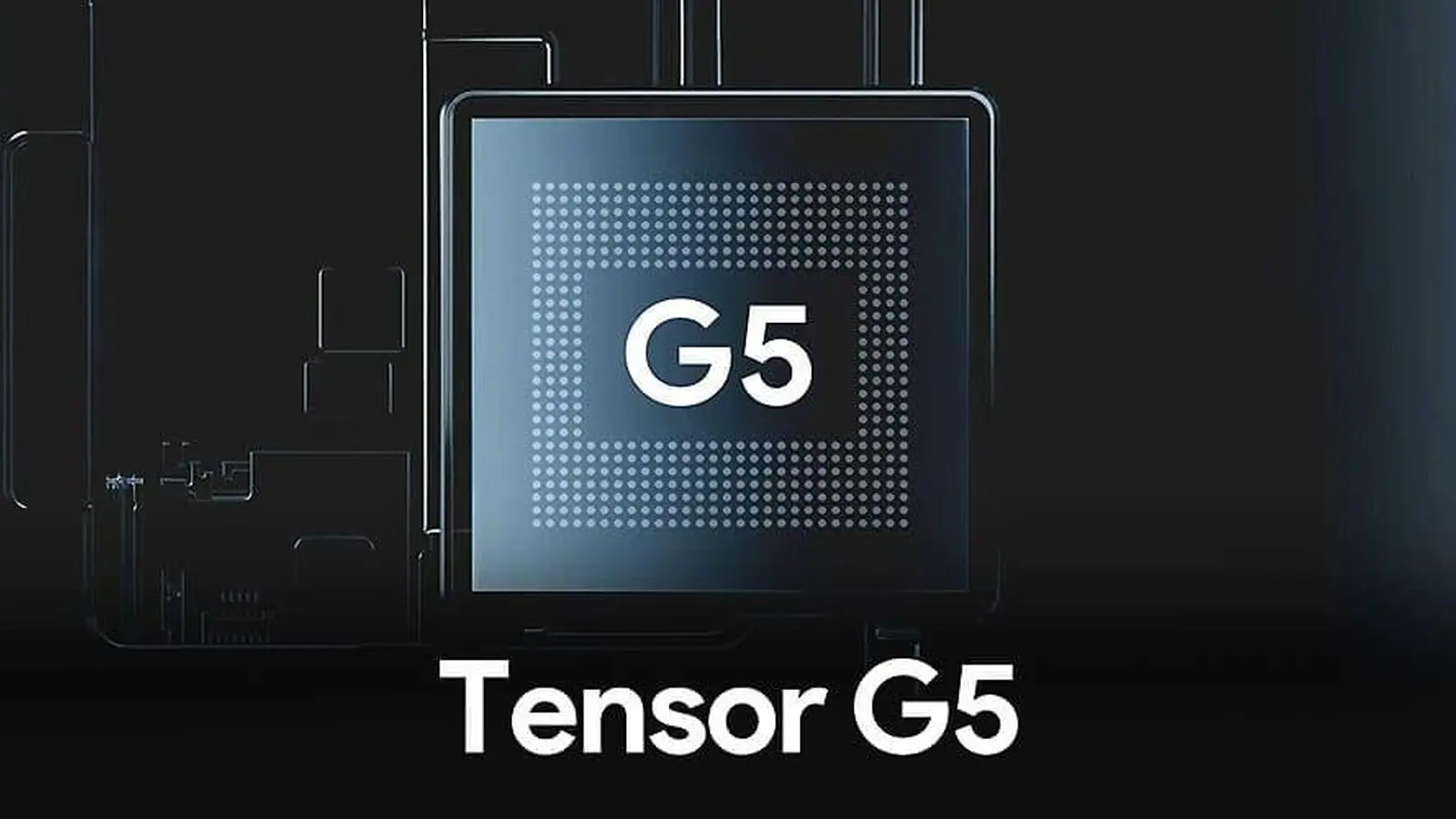6 Minutes
Google's First 3nm SoC
Google has introduced the Tensor G5, its first mass-produced system-on-chip built on a 3nm process and the company's inaugural SoC manufactured by TSMC instead of Samsung. The Tensor G5 serves as the silicon heart of the entire Pixel 10 family, bringing improved energy efficiency, stronger on-device AI, and a suite of imaging upgrades. Below is a detailed look at the architecture, performance, use cases, and market relevance of Google’s newest mobile chipset.
Architecture and Performance
CPU configuration and clocks
Google revealed that the Tensor G5 adopts a 1 + 5 + 2 CPU cluster layout, a notable shift from last year’s 1 + 3 + 4 arrangement. While official clock speeds were not fully disclosed, Geekbench leaks for the Pixel 10 Pro Fold suggested peak core frequencies around 3.78 GHz, with medium cores near 3.05 GHz and efficiency cores at about 2.25 GHz. Google claims the Tensor G5 delivers an average 34 percent CPU performance uplift versus the Tensor G4, though the company did not specify whether that gain is single-core or multi-core.
Real-world impact
The 3nm process node improves power efficiency enough that Google expects several hours of additional battery endurance across Pixel 10 models in typical usage. These gains are meaningful for users who rely on continuous AI features, long video recording sessions, or extended screen-on time for productivity and multimedia.
GPU, Gaming, and Graphics
Google provided limited GPU details, but past reporting indicates the chipset may pair with an Imagination Technologies DXT-48-1536 GPU IP. Importantly, the Tensor G5’s GPU does not include hardware ray tracing support. That omission reduces its competitiveness in titles and workloads that leverage ray-traced lighting and reflections, although mobile gaming adoption of ray tracing remains gradual. For most mainstream games and everyday graphics tasks, the updated graphics IP should still offer solid performance, but flagship-class raw GPU benchmarks from competitors may remain ahead.
AI, TPU, and On-Device Models
TPU improvements and Gemini Nano
AI is the centerpiece of Tensor G5. Google says the integrated TPU is up to 60 percent more powerful than the TPU in Tensor G4. The new SoC also hosts Google’s Matryoshka-style transformer model, a two-billion-parameter variant of Gemini Nano. On-device Gemini Nano on Tensor G5 runs up to 260 percent faster and is twice as efficient compared with the Tensor G4, enabling more responsive local AI features like transcription, conversational assistants, and on-device image understanding.

Extended token window
Google increased the token window from 12,000 on Tensor G4 to 32,000 on Tensor G5, which the company equates to roughly 100 screenshots. This expanded context length benefits tasks such as longer transcripts, extended conversational context, and richer local-language processing without offloading to the cloud.
Imaging and Video Capabilities
The Tensor G5’s improved image signal processor reduces blur in low-light video and enables 10-bit HDR as the default for 1080p and 4K at 30 fps recordings. While Pixel 10 devices do not support local 8K recording, Google offers cloud-based Video Boost to enhance higher-resolution or longer recordings through online processing. The ISP enhancements will be particularly valuable for creators and everyday users who record video in challenging lighting conditions.
Connectivity, Battery, and Practical Use Cases
Pixel 10 devices continue to use the Exynos 5400 modem for 5G connectivity. The combination of a more efficient 3nm chip and stronger AI capabilities targets several practical use cases: on-device transcription and translation, faster image and video processing, improved battery life for power users, and richer offline AI experiences for privacy-focused users and enterprise deployments.
Comparisons and Market Relevance
Although Tensor G5 brings notable AI and efficiency gains, it is not positioned as a raw performance leader against chips such as Qualcomm’s Snapdragon 8 Elite, MediaTek Dimensity 9400+, or Apple’s A18 Pro. Google focuses on specialized machine learning capabilities, camera processing, and user-experience enhancements rather than chasing absolute CPU/GPU benchmark supremacy. For buyers who prioritize on-device AI, privacy, and Pixel-first software features, the Tensor G5 represents a meaningful evolution.
Availability, Pricing, and Promotions
The Pixel 10 series, powered by the Tensor G5, is available for pre-order on Amazon starting at $799 with an expected release date of August 28. Launch promotions include a $100 gift card with the base Pixel 10, $200 for Pixel 10 Pro and Pixel 10 Pro XL, and a $300 gift card on the Pixel 10 Pro Fold, which carries a premium price around $1,799.
Conclusion: Who Should Care About Tensor G5?
The Tensor G5 matters most to users who value on-device artificial intelligence, advanced camera and video processing, and longer battery life in everyday use. Mobile gamers and people chasing pure benchmark leadership may prefer other flagship SoCs, but for a balanced smartphone experience with industry-leading AI features, the Pixel 10 lineup makes a compelling case.
Key features at a glance
- First Google SoC on 3nm and manufactured by TSMC
- CPU cluster layout: 1 + 5 + 2
- Claimed average CPU uplift of 34% vs Tensor G4
- TPU up to 60% more powerful and Gemini Nano on-device acceleration
- Token window expanded to 32,000
- Improved ISP with 10-bit HDR default for 1080p and 4K@30fps
- No hardware ray tracing and no local 8K recording
Source: wccftech


Leave a Comment